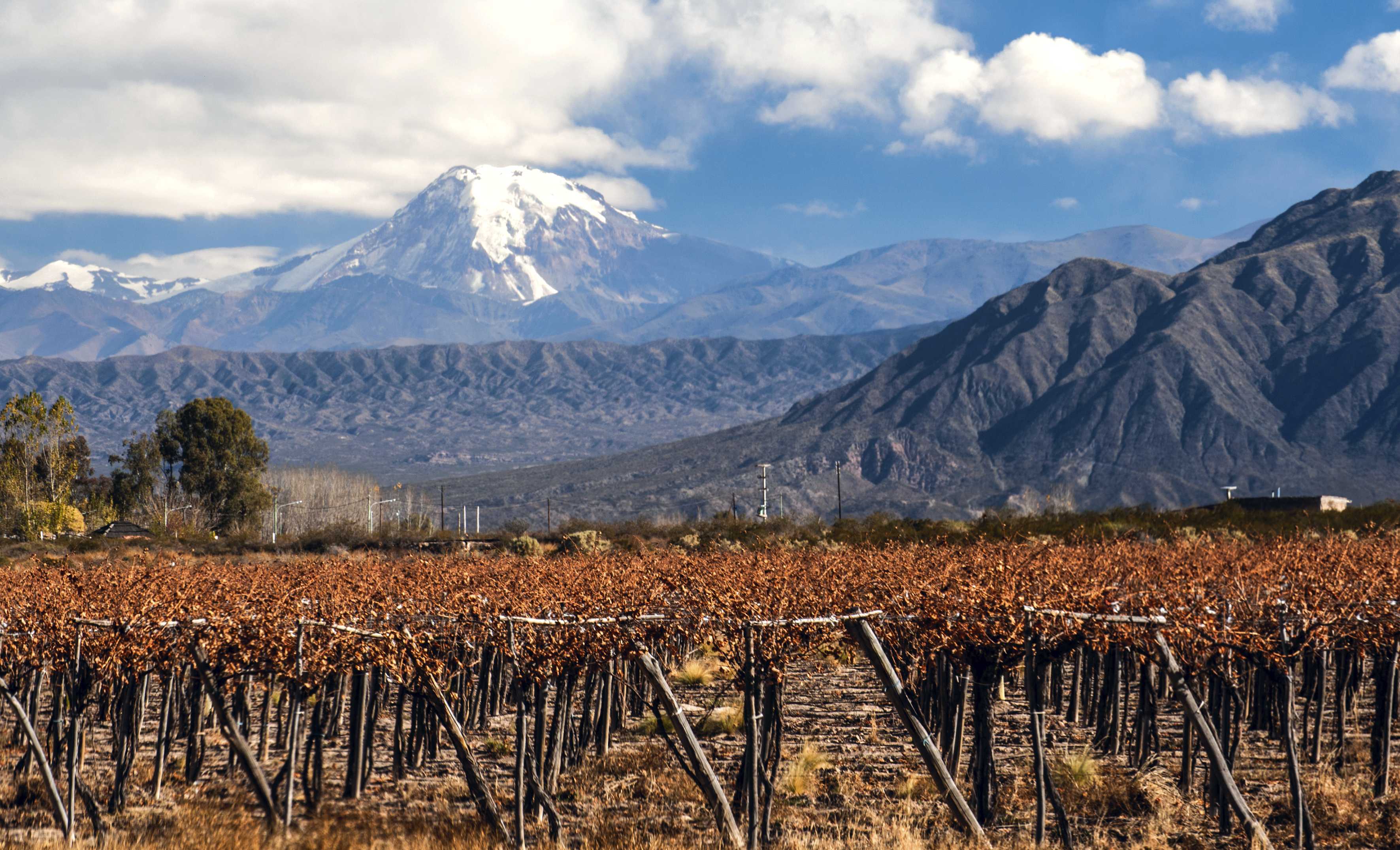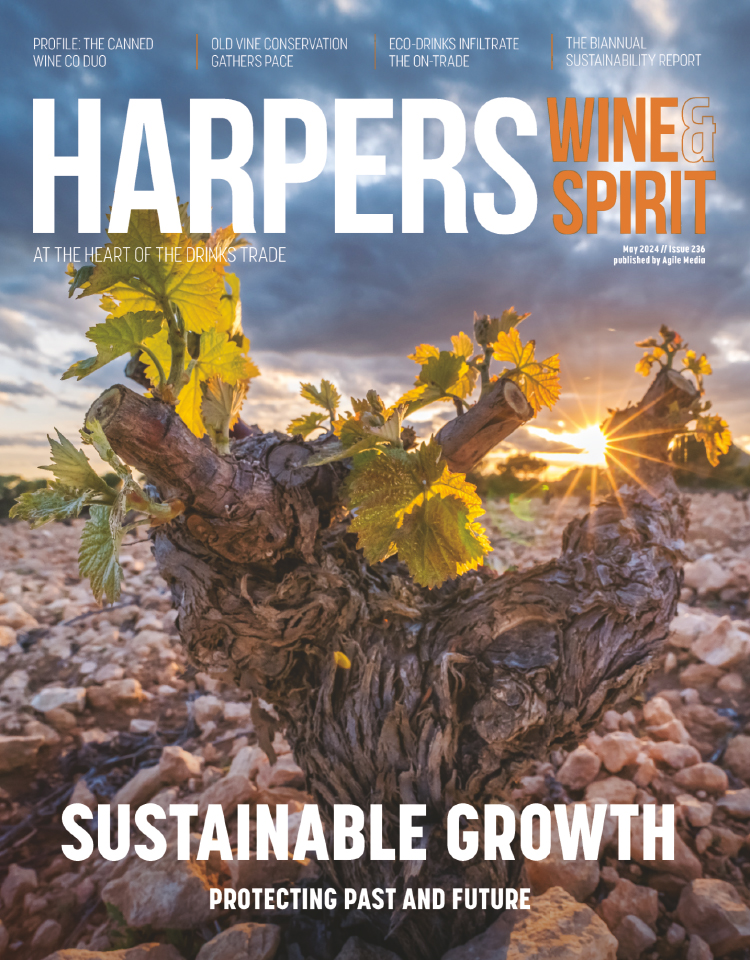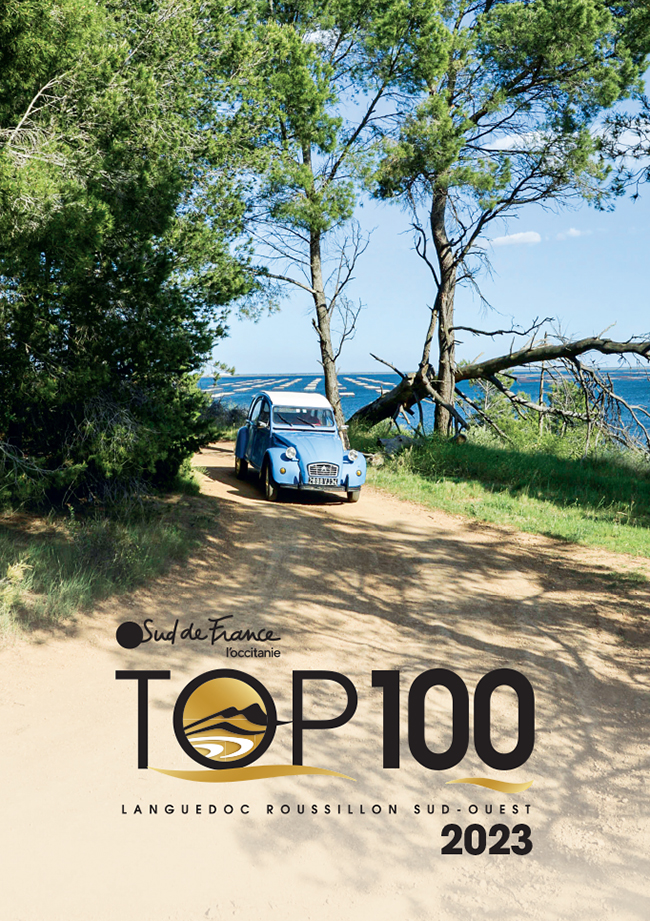
Bodega Argento’s Silvia Corti on going organic
Over her 13 years with Mendoza producer Bodega Argento, winemaker Silvia Corti has seen a number of major changes take place.
A significant one came along 2011, when the winery was taken over by Alejandro Bulgheroni Family Vineyards, which owns wineries across the world, including Bodega Garzón from Uruguay and Renwood Winery in California.
For Bodega Argento, which is has its commercial gaze set firmly on the UK market, the takeover meant that the producer went from sharing a winery with other labels, where - as Corti puts it – they “weren’t the main focus”, to setting up in their own facility.
The move set in motion a new organic direction for the label, which is to eventually encompass the full range of wines.
Six years later, they have released their first organic wine, Reserva Malbec, which is currently at launch phase in the UK.
For Corti, this is not an entirely new direction but more of a return to form.
“[Organic] used to be typical when I was a child. Then went to university and in Argentina around that time a lot of chemical engineering was going on to try and produce what nature produces. So going organic for me was like going back to a typical management of a vineyard.”
Corti and Argento are proponents of the “new” Argentina, big on fresh fruit, thrifty with oak.
In the UK, where they have strong footholds, their approach is “fresh and fun”, seen in campaigns like the Buenos Aires-inspired Comuna wines launched in Sainsbury’s last winter.
Argento is clearly brand-orientated.
But for Corti, to whom the brand owes much of its success, Argento’s ability to translate to key international markets comes from an equally strong focus on extracting the best expression of the fruit and terroir.
Going organic is the next logical step, says Corti: “You get better expression of the fruit when you make organic.
“A lot of producers that make organic wine, do it just so they can put it on the label, not because of the philosophy behind it. For us it’s a philosophy.”
Within four years, the plan is to convert all five of Argento’s vineyards to become fully organic.
That’s everything from the classica to the reserva (made from 35% own grapes and the rest coming from growers) and their single vineyard wines.
The addition of a single vineyard wine made from parcels of land at their Altamira vineyard is also part of their quality evolution.
“For our single vineyard, 100% of the grapes come from Altamira,’ Corti says – which is also where some of grapes for the Malbec Reserva are grown.
“We’ve been trying to put Malbec in all vineyards, because it's the most important variety. Finca la Cerezas in Uco Valley, there’s more minerality, flavour and more freshness to the fruit. In Central Valley, where we have another vineyard, the grapes produce more dark fruit and velvety tannins. In the Eastern Valley, there are softer wines with red fruit.
“In La la Cerezas we have cooler nights so there is more expressions of the black fruit and more minerality.”
Another change for Argento is the route the to market.
From now on, their wines will be solely distributed to the on-trade, via Bibendum, with one final SKU in the process of being withdrawn from Majestic.
Building on their flagship Malbec, the first organic launch will be followed by their second most important red grape, Cabernet Franc, along with Bonarda, Pinot Grigio, and Chardonnay.






